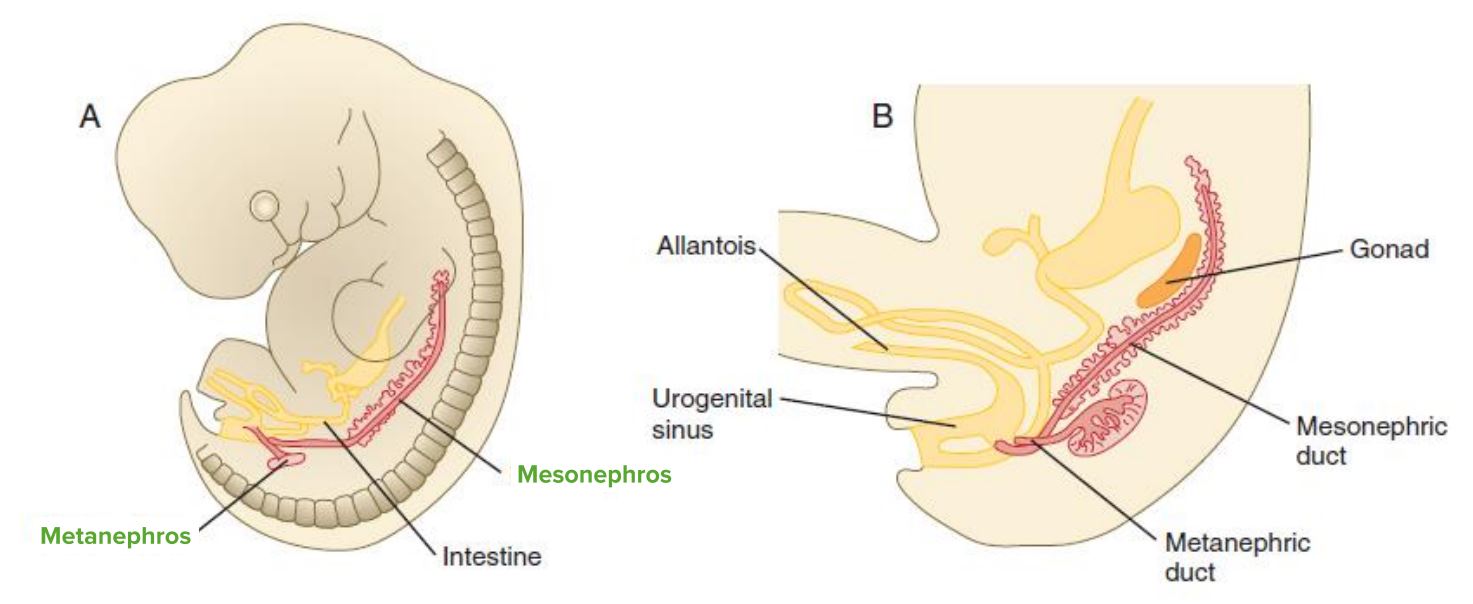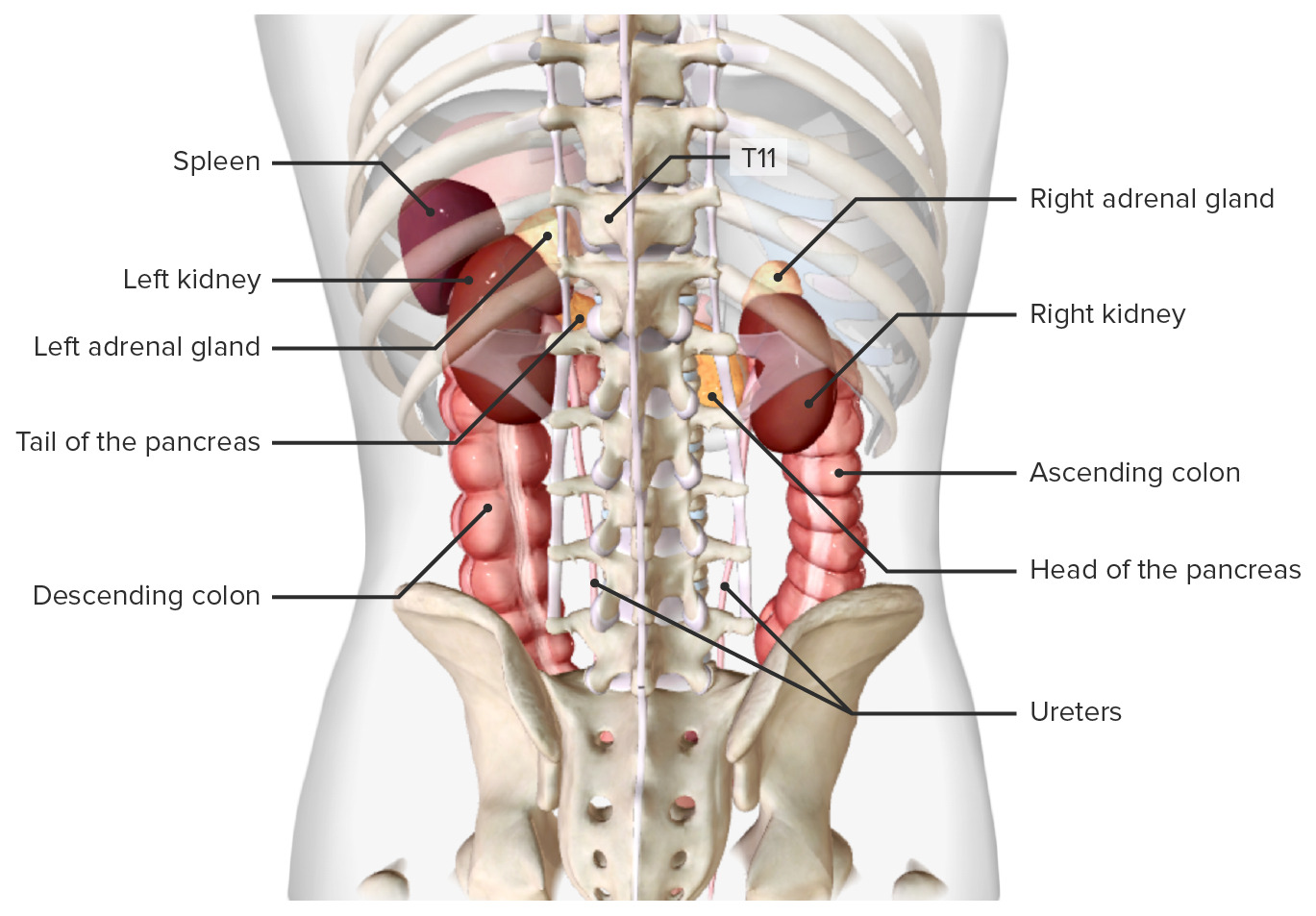Playlist
Show Playlist
Hide Playlist
Urinary System: Overview
-
Slides 10 Human Organ Systems Meyer.pdf
-
Reference List Histology.pdf
-
Download Lecture Overview
00:00 In this lecture, I'm going to describe the histological structure of the kidney, ureter, bladder, and the male and female urethra. These organs make up the urinary system. 00:16 There're a number of learning outcomes that I'd like you to achieve at the end of this lecture. I'd like you to know the structure of the kidney, and be able to define a lobule in the kidney, and then understand the structure of the nephron and the renal corpuscle. And then, be able to describe the structure and function of what the glomerulus is all about, and how it filtrates the blood and forms an ultrafiltrate. We will then look at the different tubule systems that make up the nephron, and it's important that you understand how to identify each of those tubules, because it's important to relate the structure of these tubules to the function that they carry out when you learn physiology of the kidney in physiology lectures. It's also important to understand the role of the macula densa and the juxtaglomerular apparatus. 01:24 The blood supply to the kidney is also very important, particularly, to supply to the nephron and the vasa recta. It's also important when you look at the kidney to be able to differentiate cortical and juxtaglomerular nephrons. And finally, you should be able to describe the structure of the bladder, the ureter, and also the urethra in the male and the female. 01:55 The kidney is very important. It removes all the toxins of the body. 02:01 These four dot points summarize the function of the kidney. It removes toxins and also retrieves back from the filtrate, substances and water that the body needs. The kidney has a role in adjusting blood pressure, an acid-base balance of all the body fluids. It produces the hormone erythropoietin and also assists in the production of vitamin D. And I want you to remember this as we go through this lecture. I'm not going to mention these last functions of the kidney except now. But I want you to be able to recall later on when I talk about the peritubular capillary plexus around the nephron that those endothelial cells secrete erythropoietin when they detect that the oxygen levels are low in those capillaries. And erythropoietin then stimulates the bone marrow to then release more red blood cells, and therefore hopefully, increase the oxygen content in the blood. And vitamin D is converted into an active form by the cells of the proximal convoluted tubule, and vitamin D is very important in bone growth, in bone development, and calcium levels. 03:33 So although we won't mention this again, just remember these two functions, and also, remember the component of the kidney that carries out these two functions.
About the Lecture
The lecture Urinary System: Overview by Geoffrey Meyer, PhD is from the course Urinary Histology.
Included Quiz Questions
Which of the following is NOT a function of the kidney?
- Vitamin E production
- Water reabsorption
- Acid-base balance
- Regulation of blood pressure
- Sodium reabsorption
Which of the following best describes the action of the kidney regarding erythropoietin (EPO)?
- Secretes EPO
- Reabsorbs EPO
- Converts EPO into an active metabolite
- Responds to EPO
- Sends EPO to the glomeruli to increase filtration
Which of the following components of the kidney are most strongly associated with erythropoietin production?
- Peritubular capillaries
- Glomerular efferent arteriole
- Glomerular afferent arteriole
- Loop of Henle
- Bowman's capsule
Customer reviews
5,0 of 5 stars
| 5 Stars |
|
1 |
| 4 Stars |
|
0 |
| 3 Stars |
|
0 |
| 2 Stars |
|
0 |
| 1 Star |
|
0 |
It´s a great review!! It catched me since his first words, Now I´ll take the entire course.





